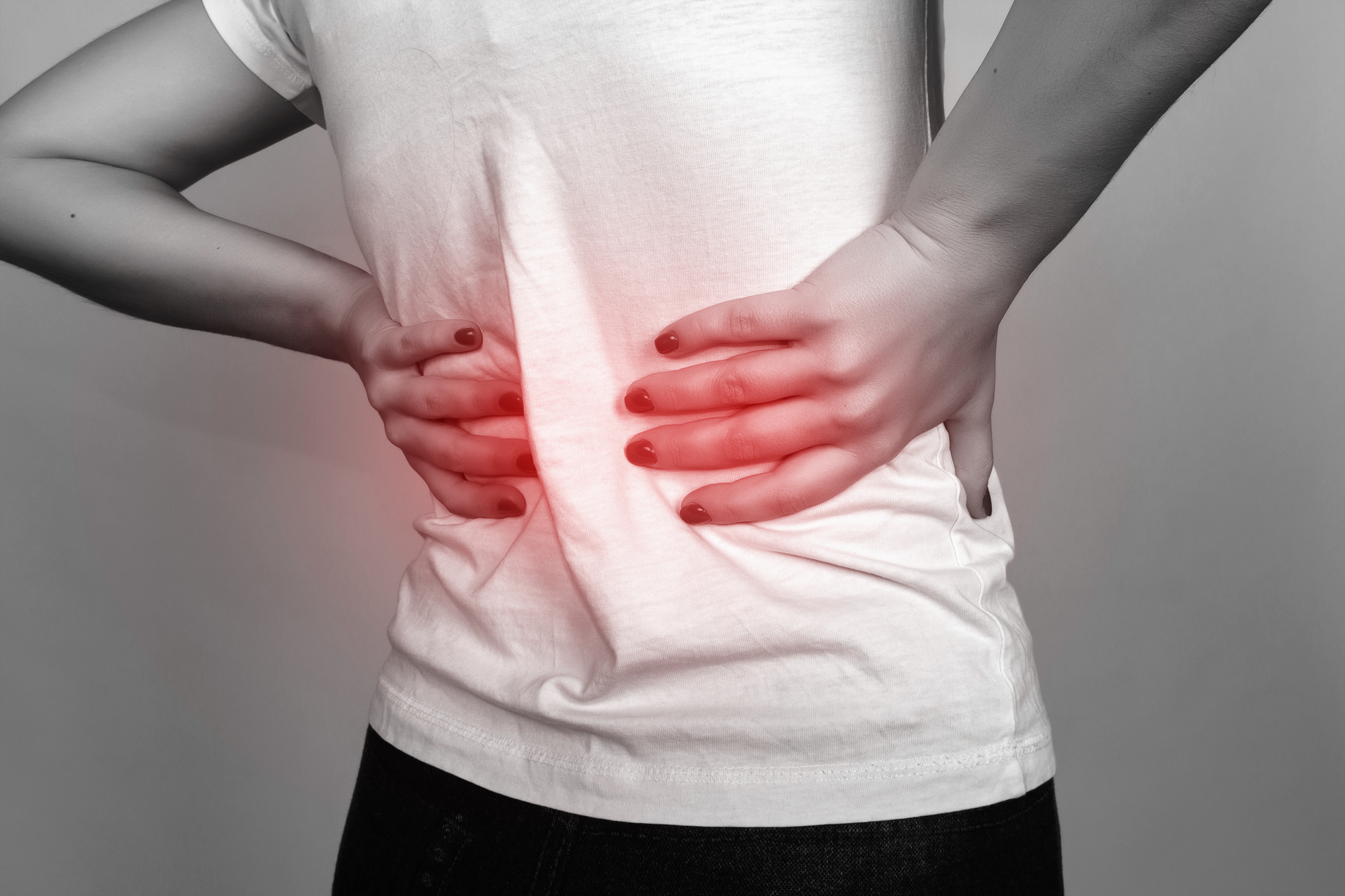Herniated Disc Self-Care: How to Relieve Pain

What if there was a way to manage pain and avoid surgeries, medications, and unwanted side effects that often come with a Herniated Disc?
The first step is to learn what types of Herniated Disc Self-Care home treatments you can do to manage your pain and help your mind and body heal themselves so that you can get back to living your life with no symptoms at all.
Read on, and we’ll walk you through some of the best practices for pain relief.
Table of Contents
Laser Spine Surgery
Laser spine surgery can deliver effective relief for herniated disc pain. Laser spine surgery is a minimally invasive procedure that uses focussed laser beams to target the damaged disc and relieve your pain.
This type of surgery seeks to remove the damaged disc and alleviate the pressure on your spine, thus helping you find comfort and mobility. This type of surgery should be considered only after other non-surgical treatments have been attempted to reduce your herniated disc pain.
Read more about laser spine surgery and see if it is the right option for you.
Careful Movements
Careful movements are essential for herniated disc self-care and relieving the associated pain. This includes knowing your limits and taking care not to bend, twist, or move too quickly. Depending on the location and severity of the herniated disc, the movements that must be most careful will vary.
Those suffering from a herniated cervical disc, for example, should always make sure to move their head slowly and avoid sudden jolts and awkward angles. Lying down and using pillows for back or neck support can help to reduce inflammation and discomfort.
Exercise
Exercise is an important part of self-care for a herniated disc. Exercise works to strengthen the muscles that support the spine’s health and help to reduce the pressure placed on the disc. Low-impact forms of exercise, such as walking, swimming, biking, and yoga, are advised.
Strengthening exercises should be done under the guidance of a physical or occupational therapist, if possible, to ensure proper technique and safety. Stretching is also encouraged to improve flexibility and release tension held around the spine.
Seeing a Physical Therapist
Seeing a physical therapist can be a great way to reduce the pain associated with a herniated disc. Physical therapists can evaluate the affected area to determine what exercises and stretches will be most beneficial for back pain relief and to promote healing.
They may also suggest lifestyle modifications such as avoiding particular activities, using appropriate ergonomic positions, and alternative therapies. Physical therapists can also provide education about your condition and guide self-management of the painful area.
Over-The-Counter Medications
Over-the-counter medications like ibuprofen and acetaminophen are two of the most commonly used medications for pain relief. They both work to reduce inflammation in the area and provide temporary pain relief.
Additionally, muscle relaxers, which are taken orally, can help with reducing muscle spasms around the affected area as well. Along with medications, patients may find relief with ice and heat therapy, stretching, and other exercise. Massage may also provide comfort and pain relief.
Learn About Herniated Disc Self-Care
Herniated disc self-care is an effective way to relieve pain and manage symptoms. Try to do materials management and participate in activities that do not aggravate the herniated disc.
Seek help from doctors and physical therapists if needed. Regular exercise and massage therapy may also be beneficial.
Did you find this article helpful? Check out the rest of our blog for more!






